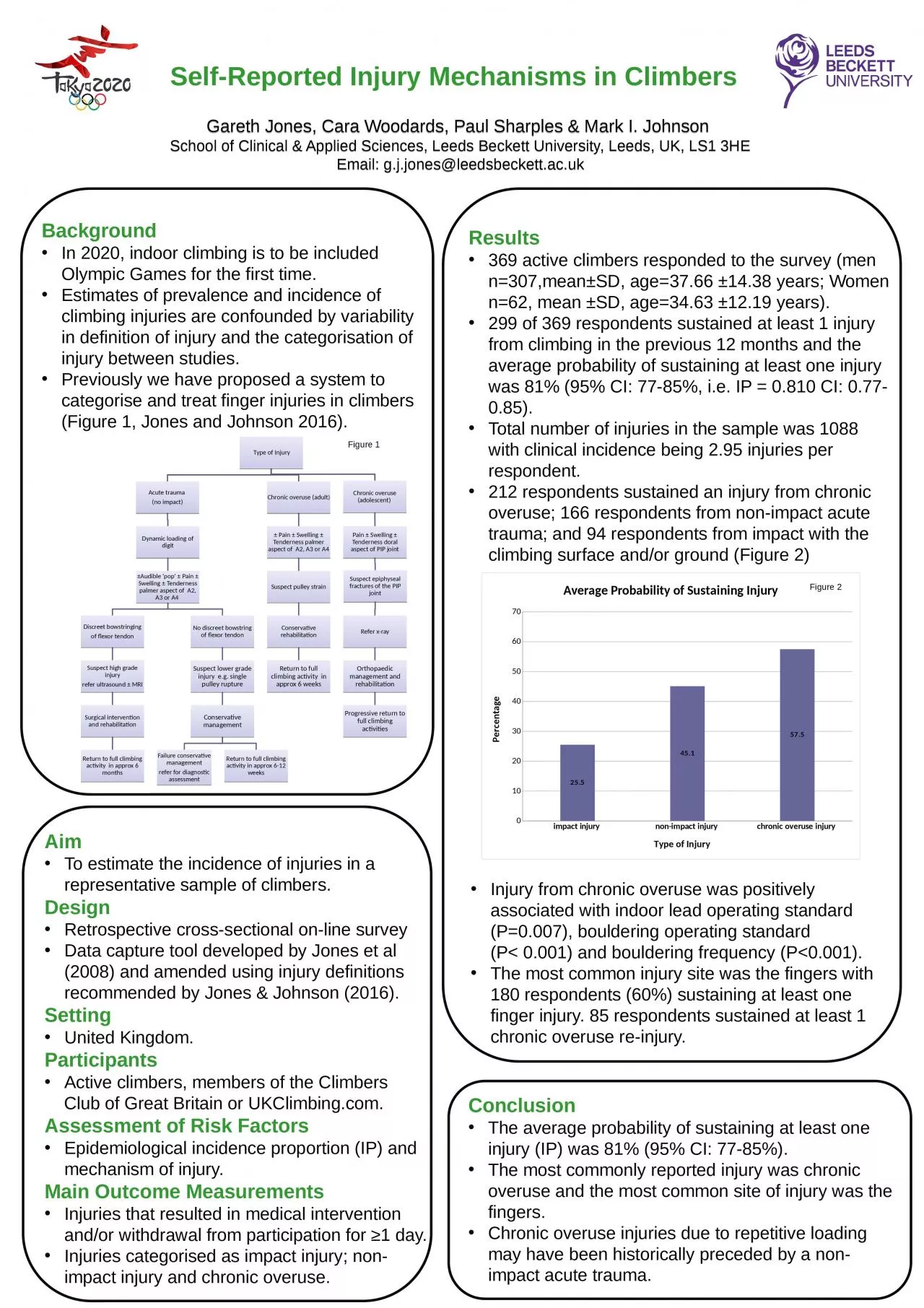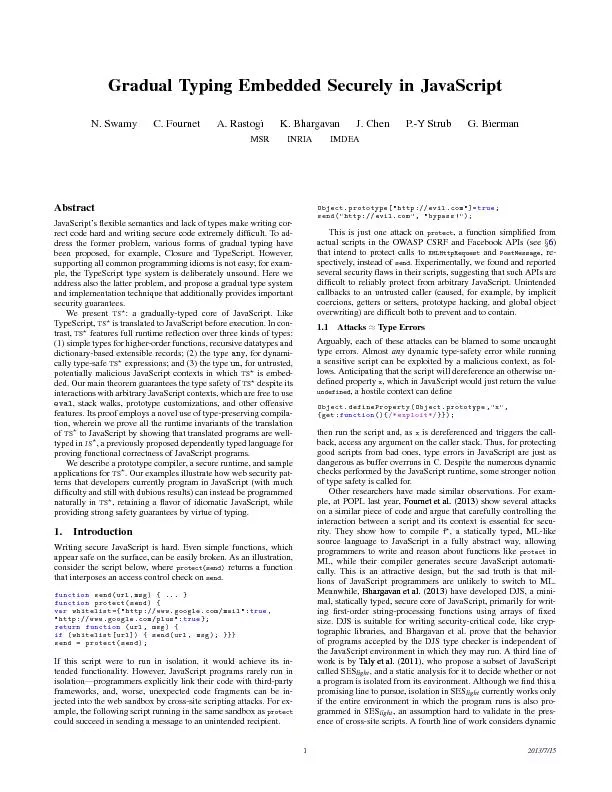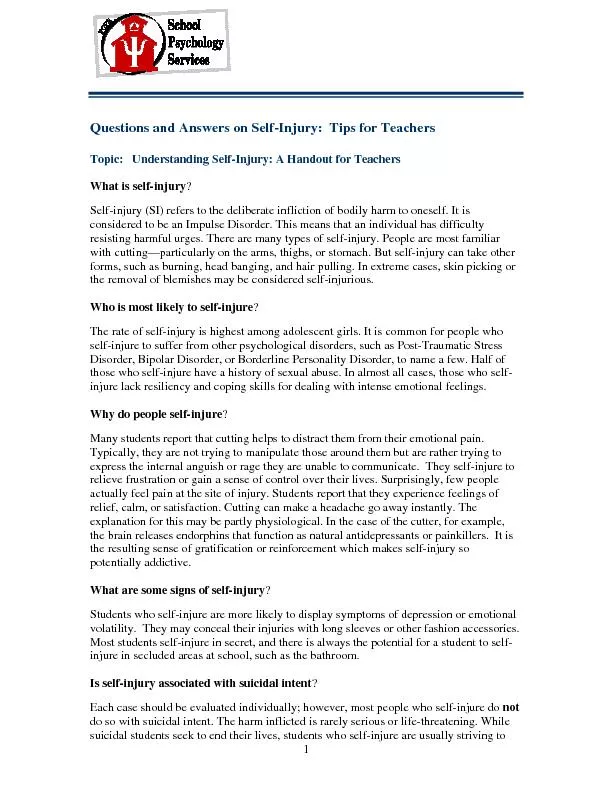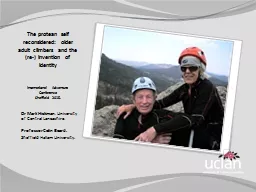PPT-Self-Reported Injury Mechanisms in Climbers
Author : naomi | Published Date : 2024-02-02
Gareth Jones Cara Woodards Paul Sharples amp Mark I Johnson School of Clinical amp Applied Sciences Leeds Beckett University Leeds UK LS1 3HE Email gjjones
Presentation Embed Code
Download Presentation
Download Presentation The PPT/PDF document "Self-Reported Injury Mechanisms in Climb..." is the property of its rightful owner. Permission is granted to download and print the materials on this website for personal, non-commercial use only, and to display it on your personal computer provided you do not modify the materials and that you retain all copyright notices contained in the materials. By downloading content from our website, you accept the terms of this agreement.
Self-Reported Injury Mechanisms in Climbers: Transcript
Download Rules Of Document
"Self-Reported Injury Mechanisms in Climbers"The content belongs to its owner. You may download and print it for personal use, without modification, and keep all copyright notices. By downloading, you agree to these terms.
Related Documents














